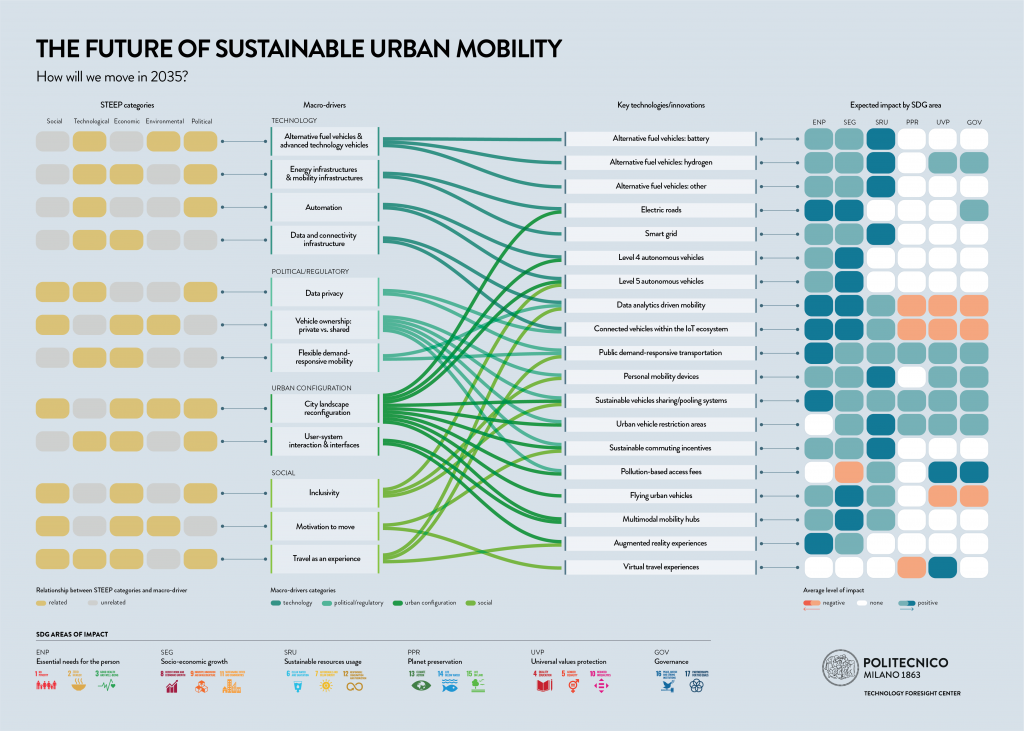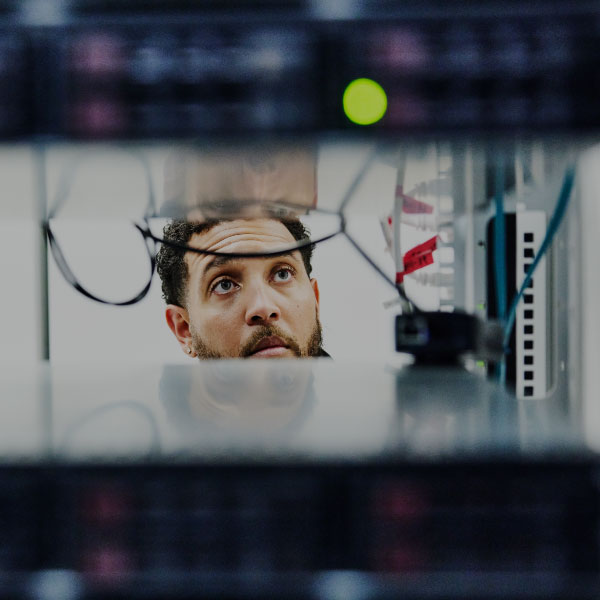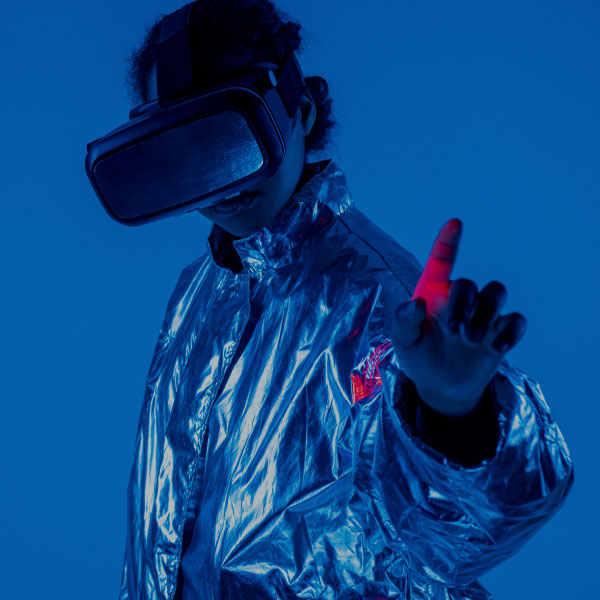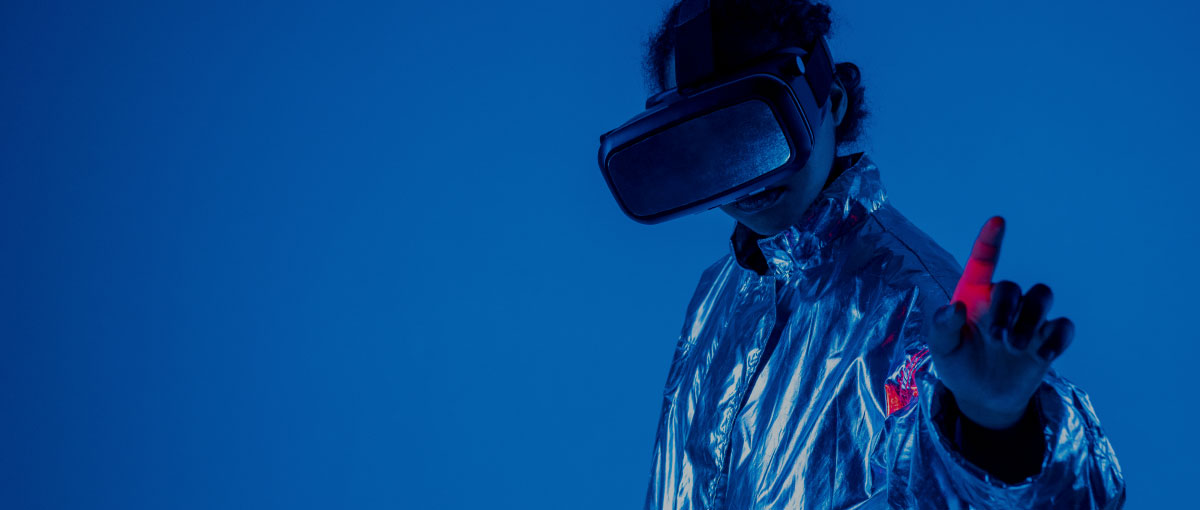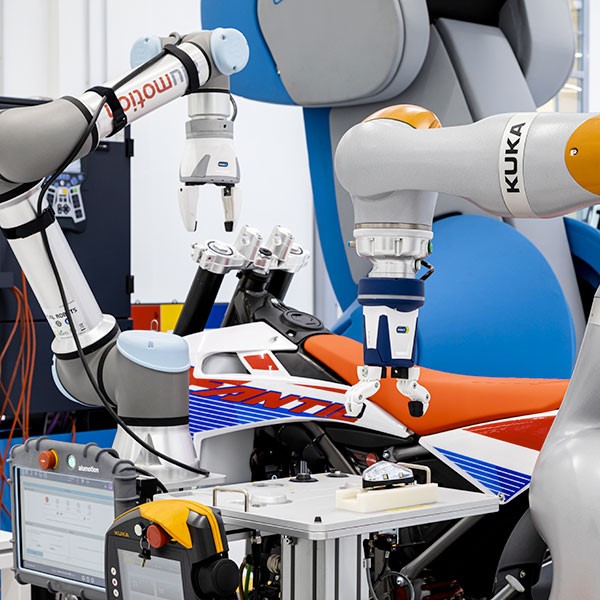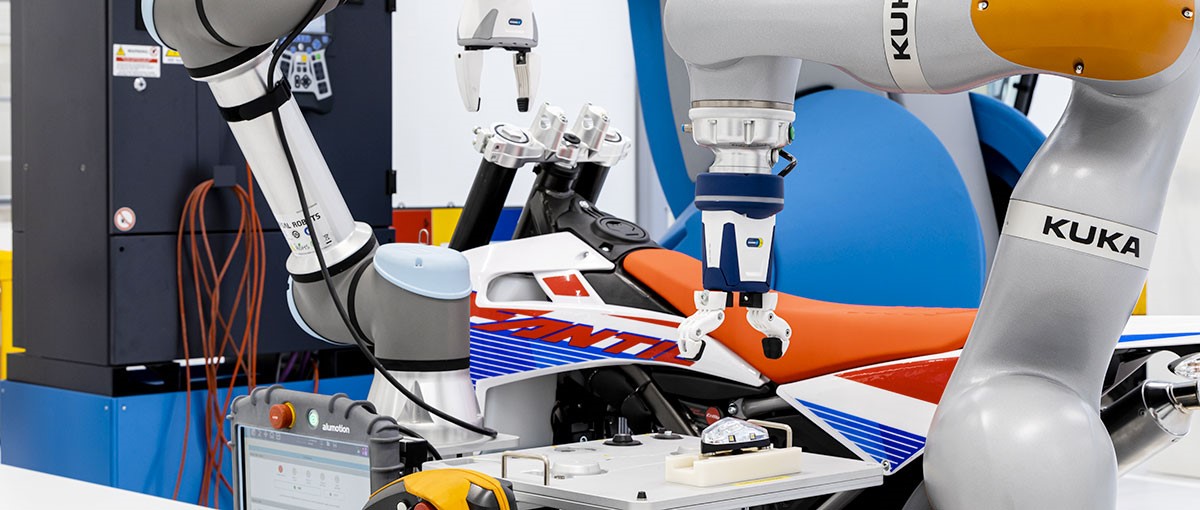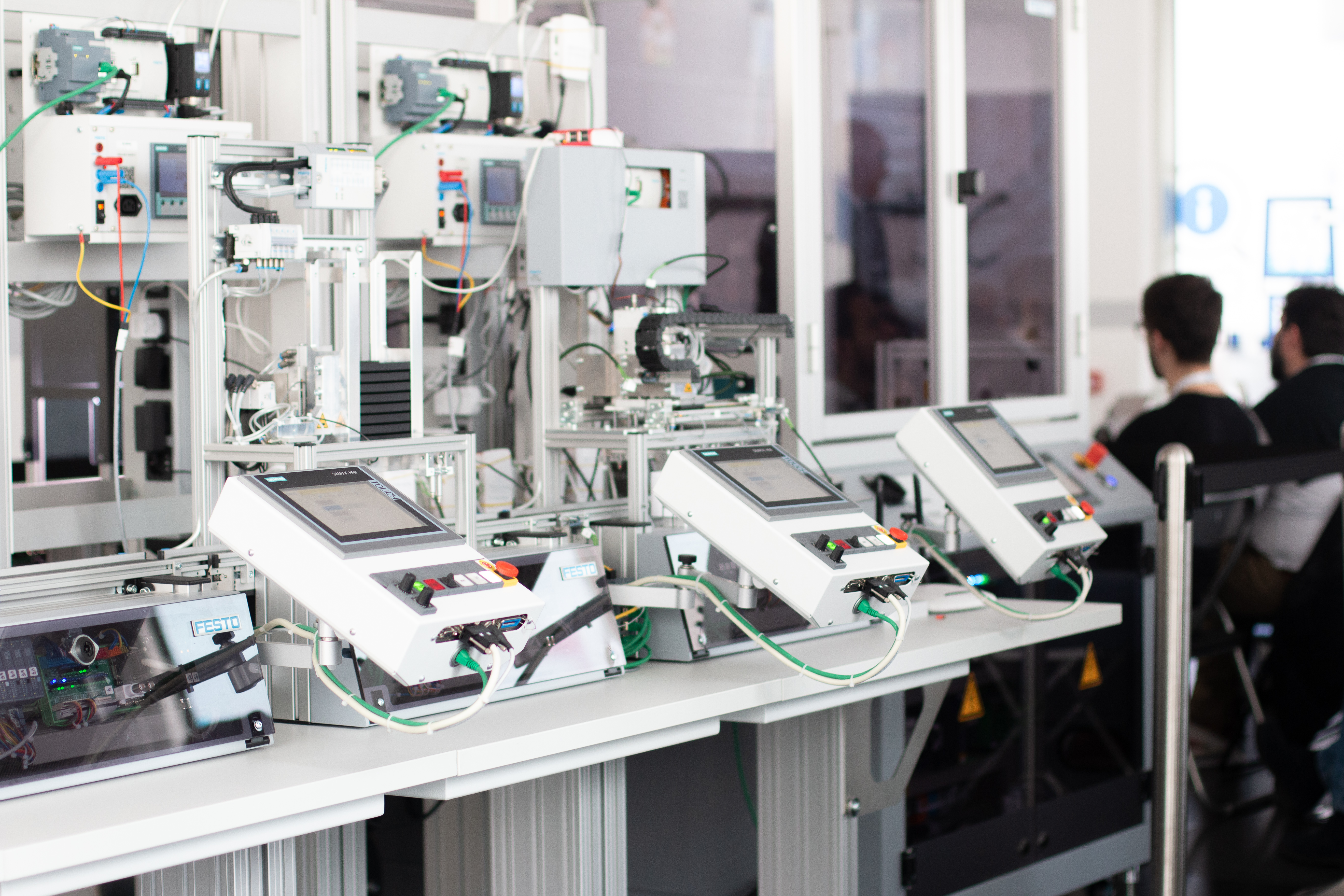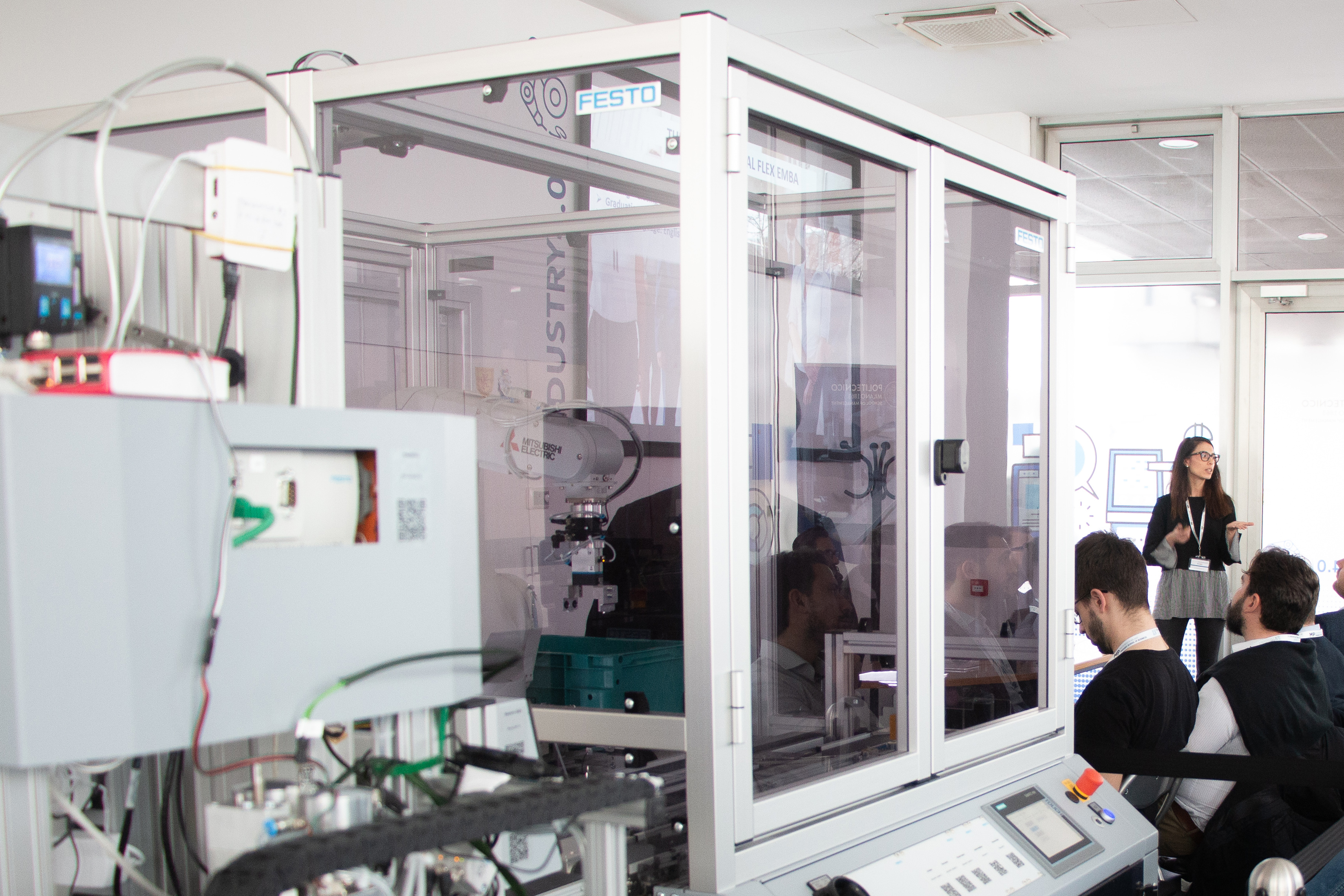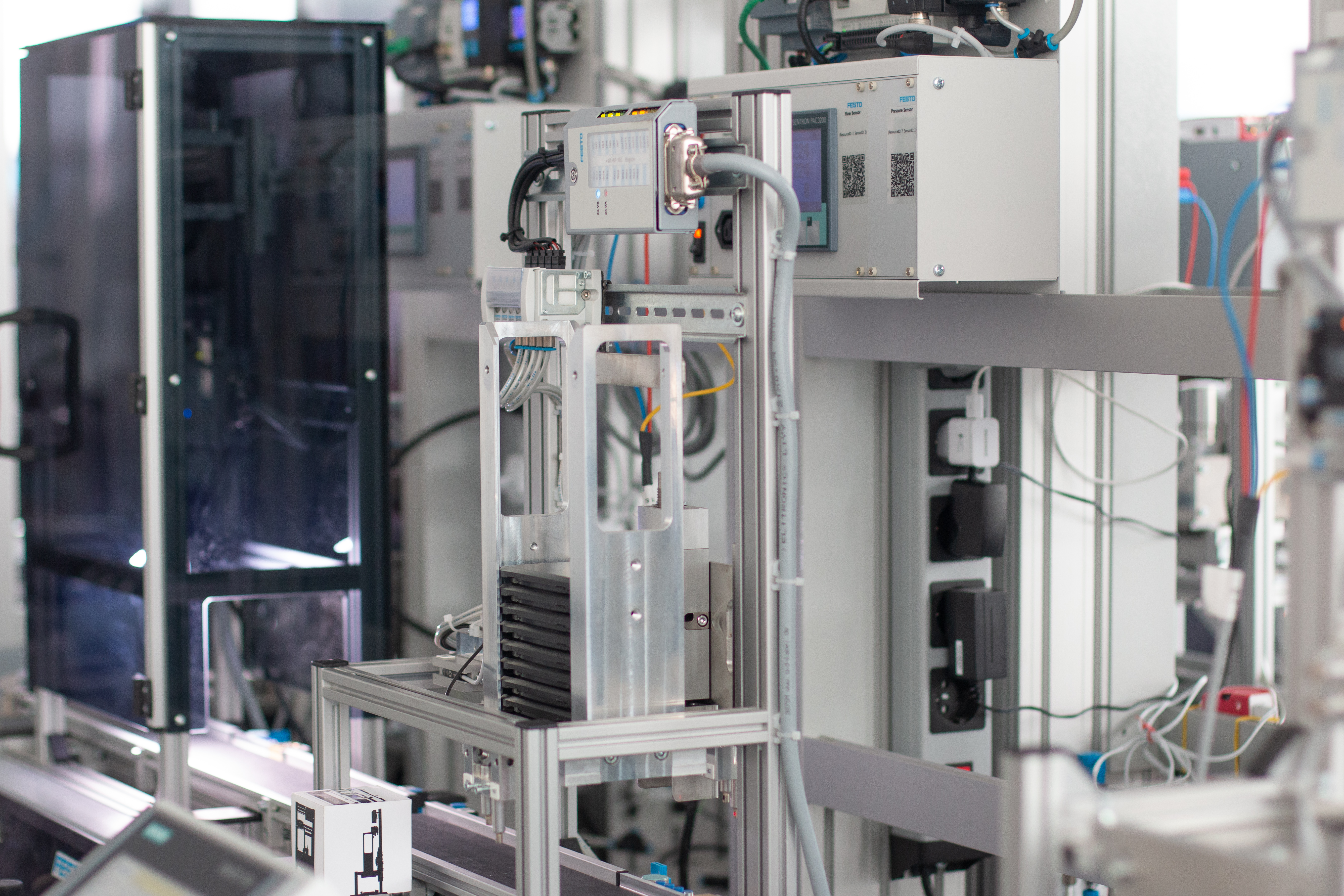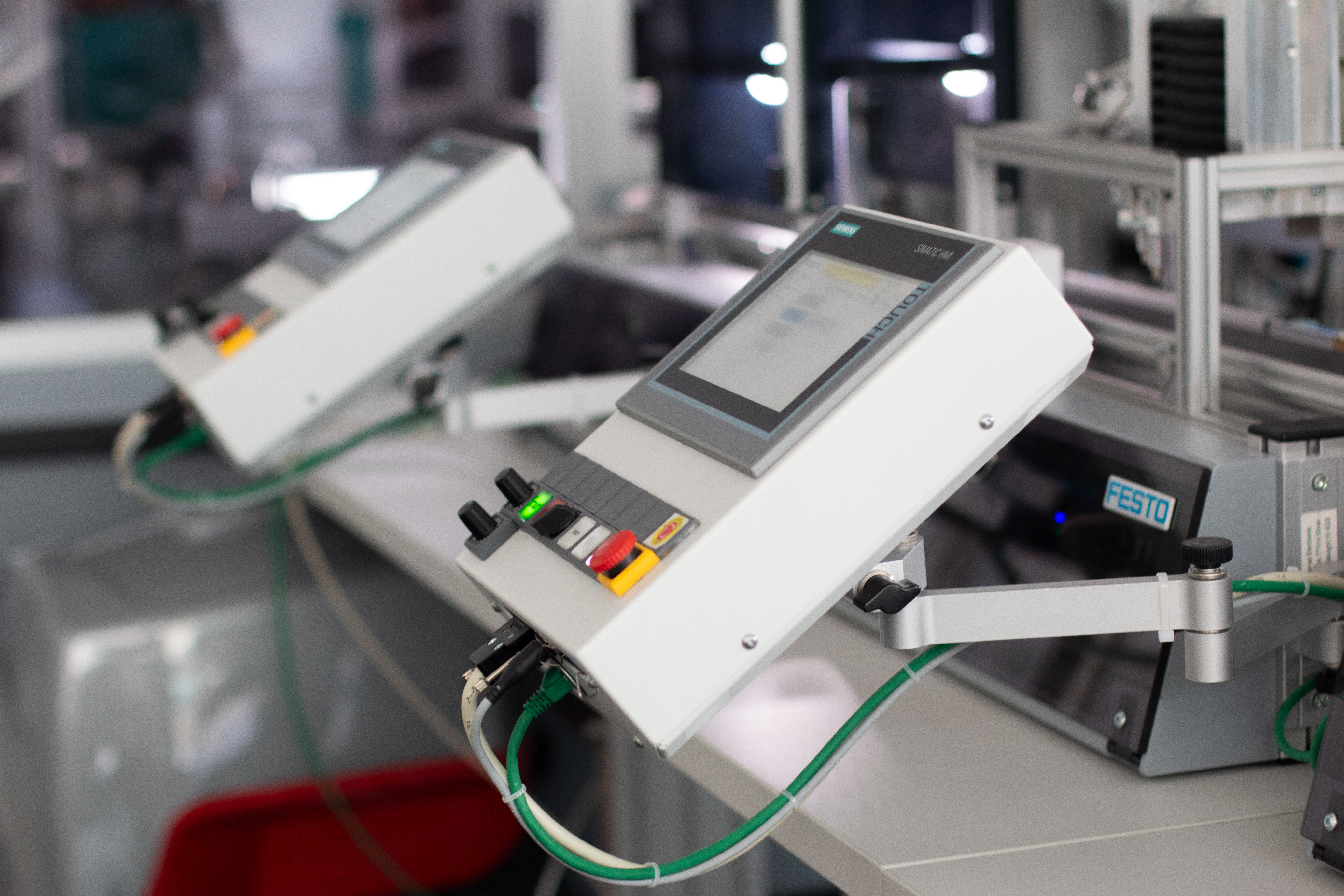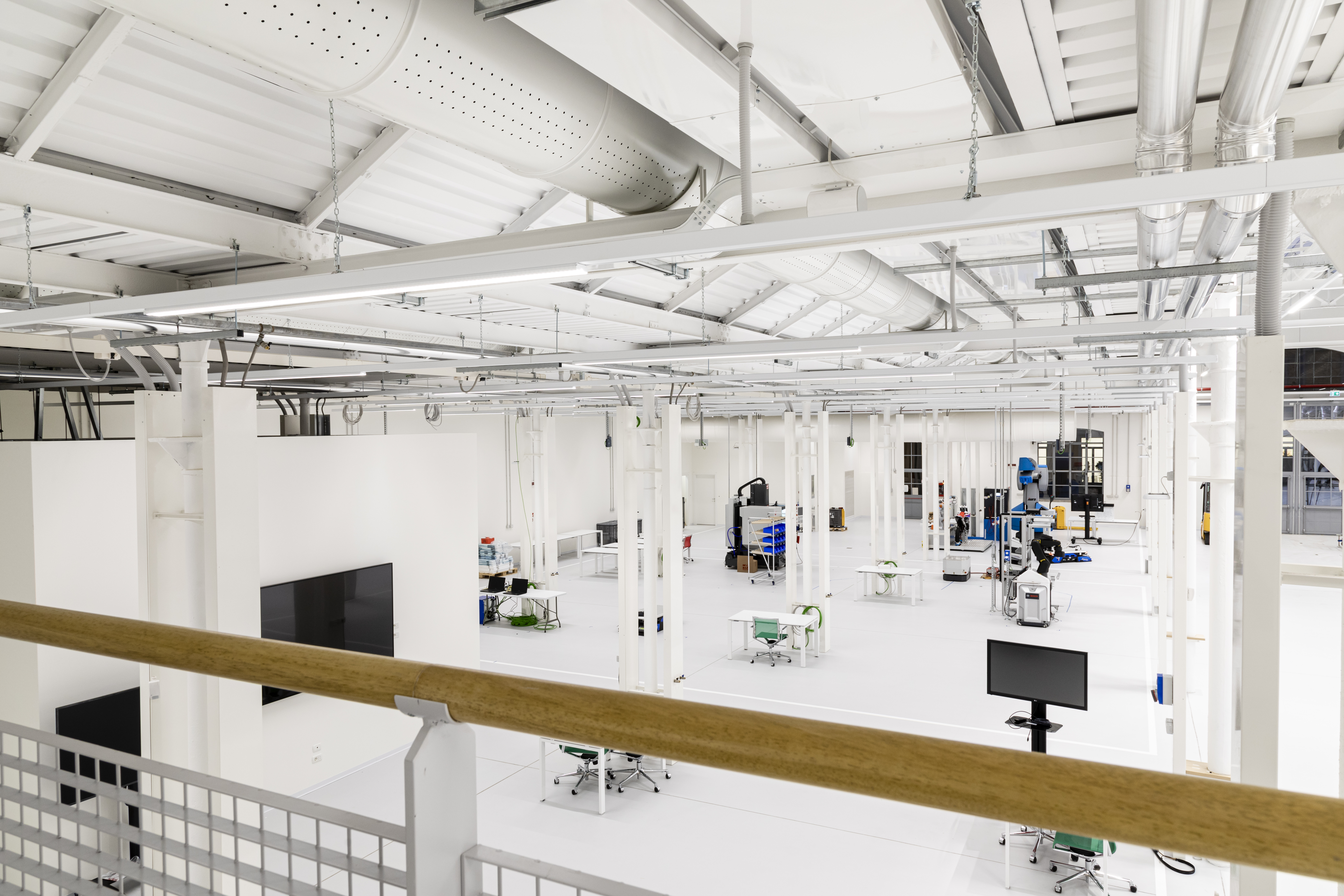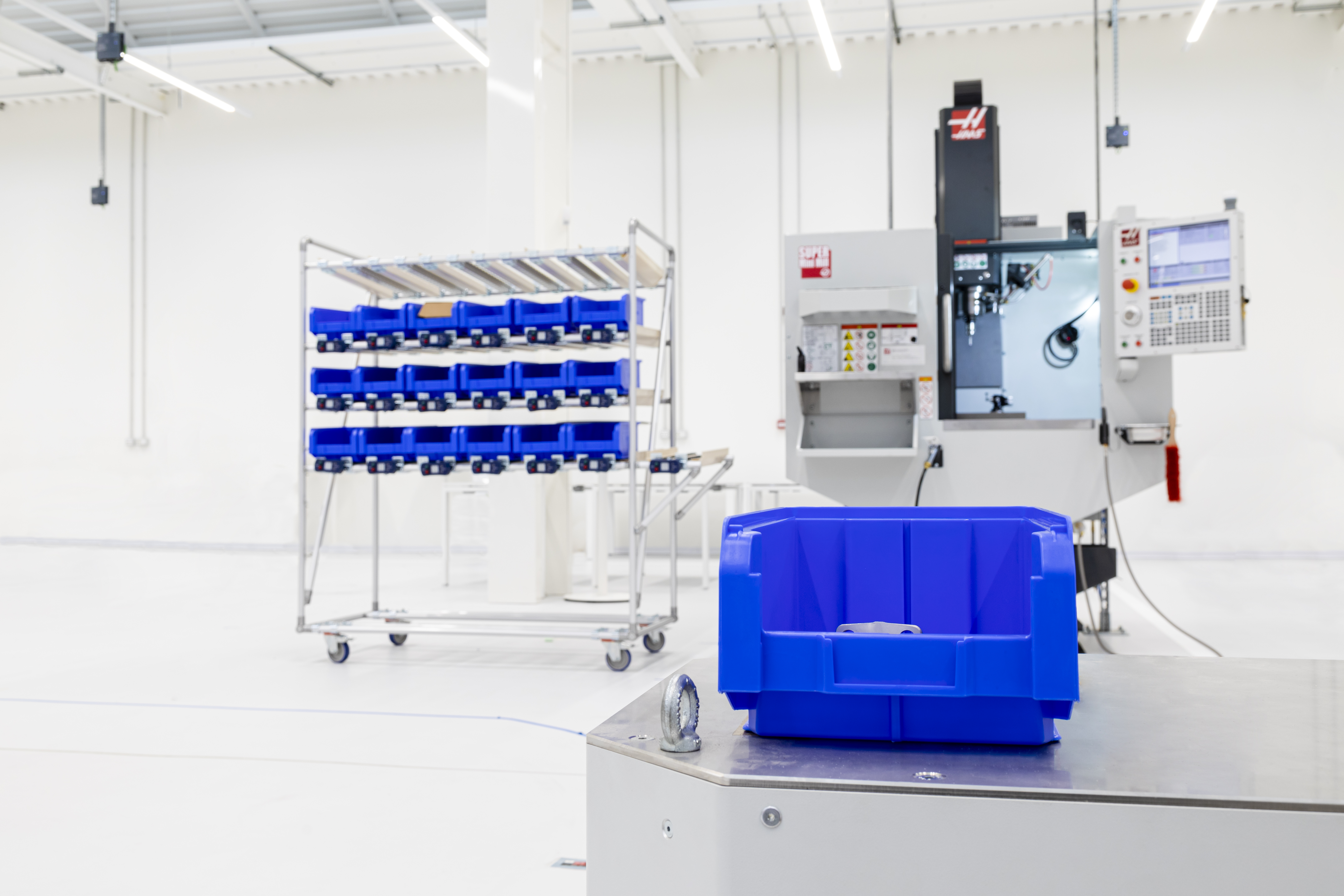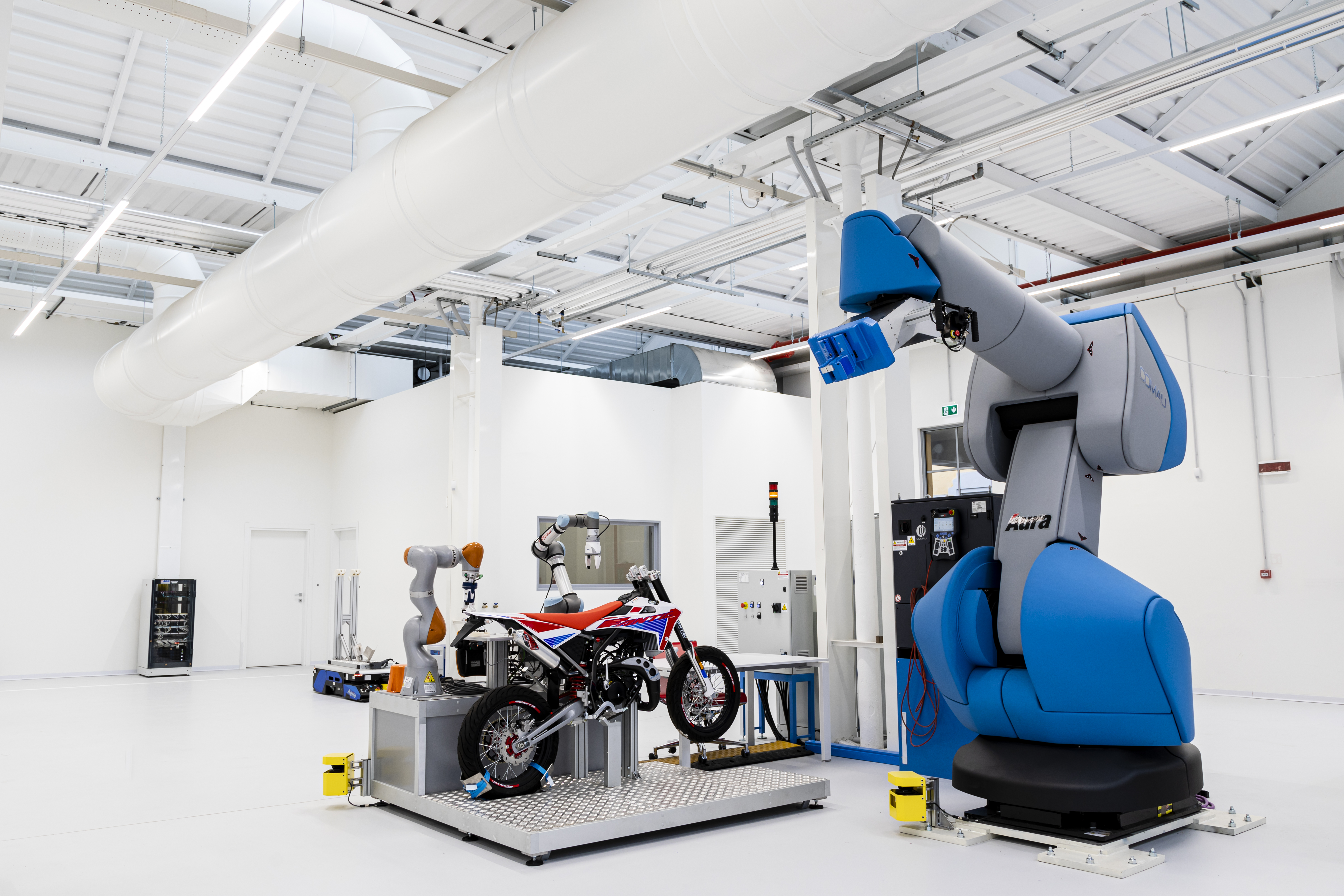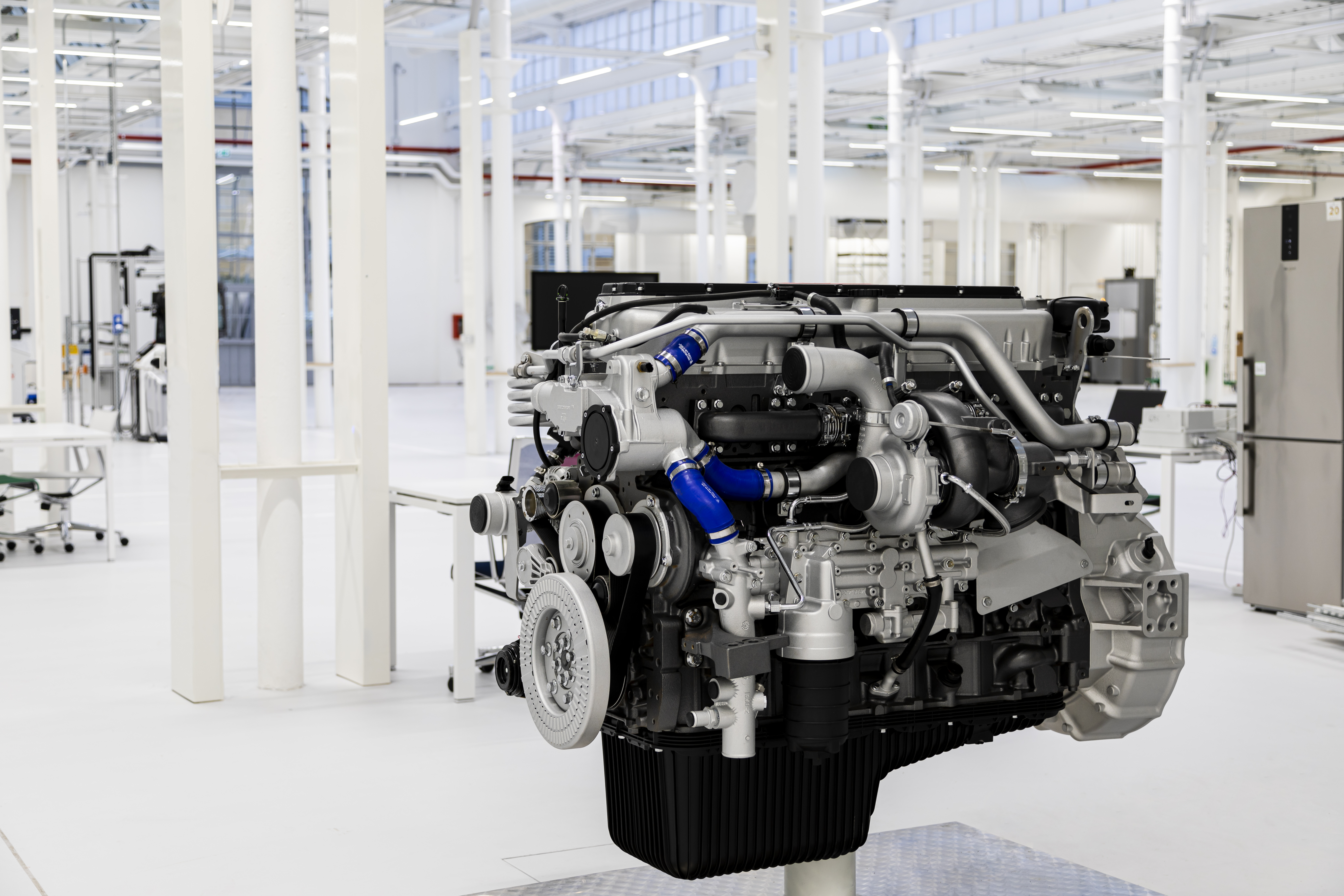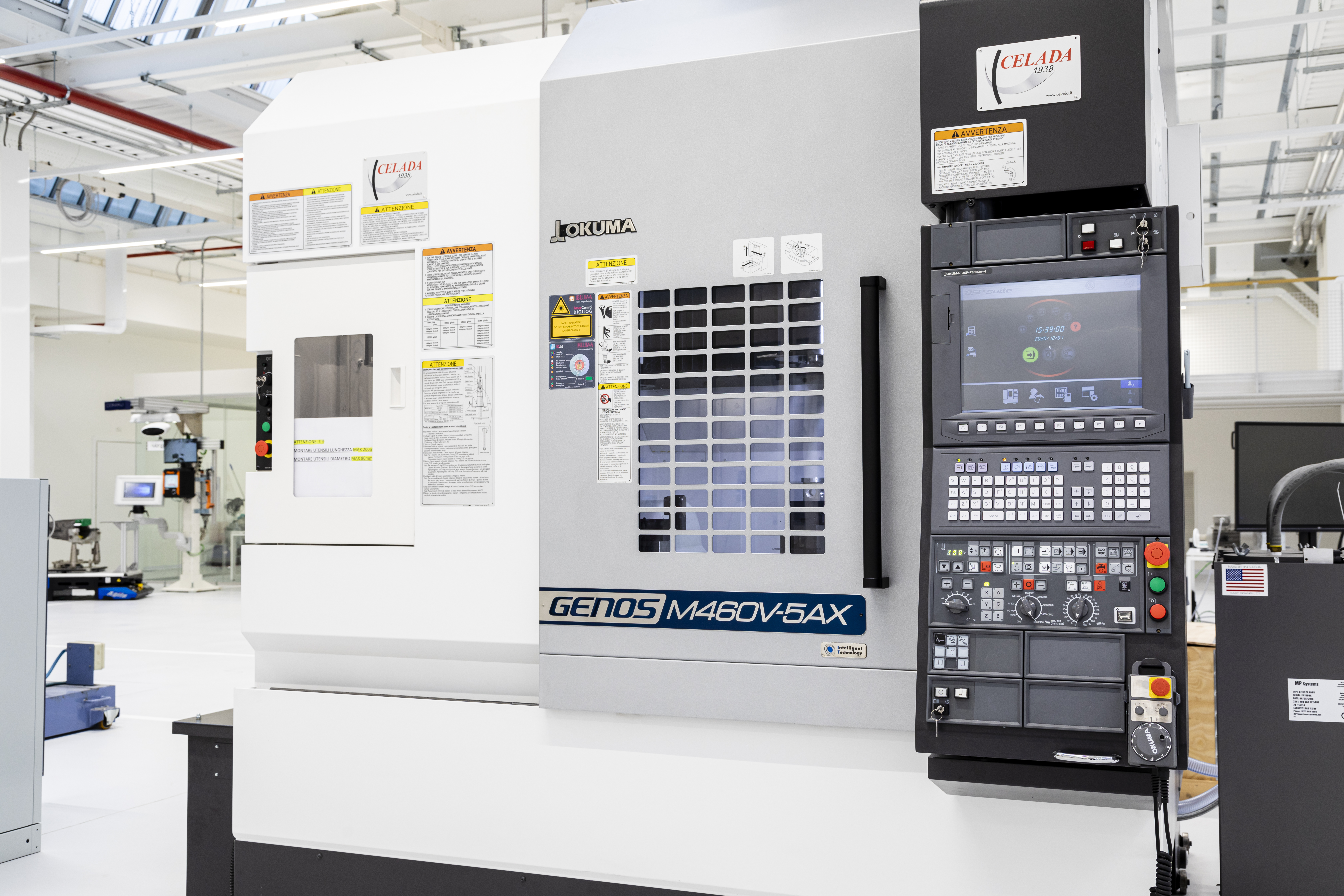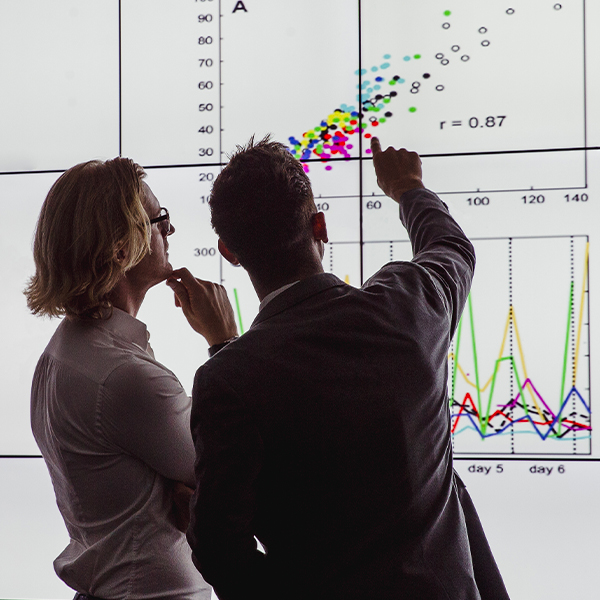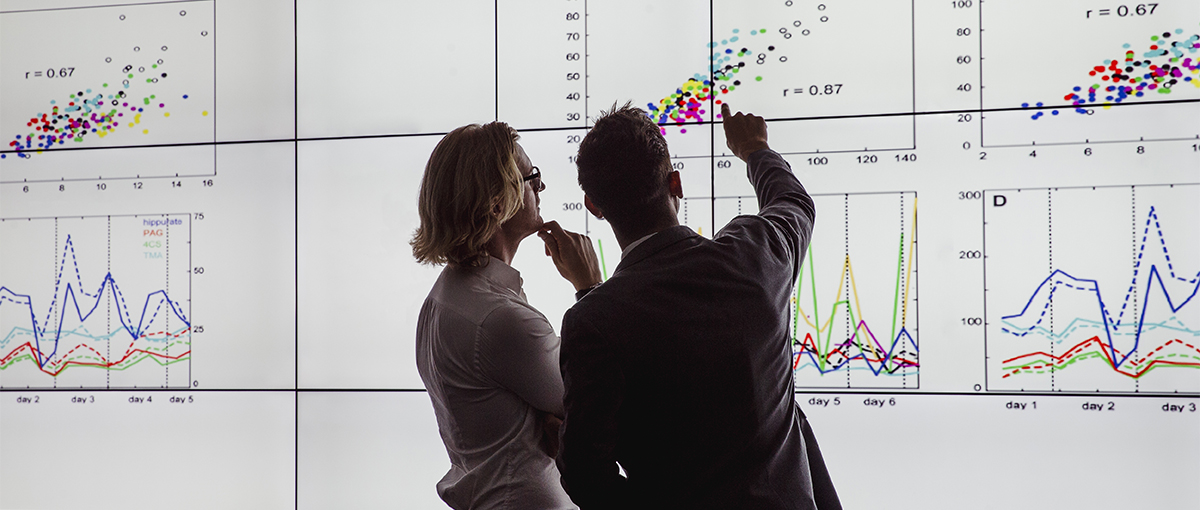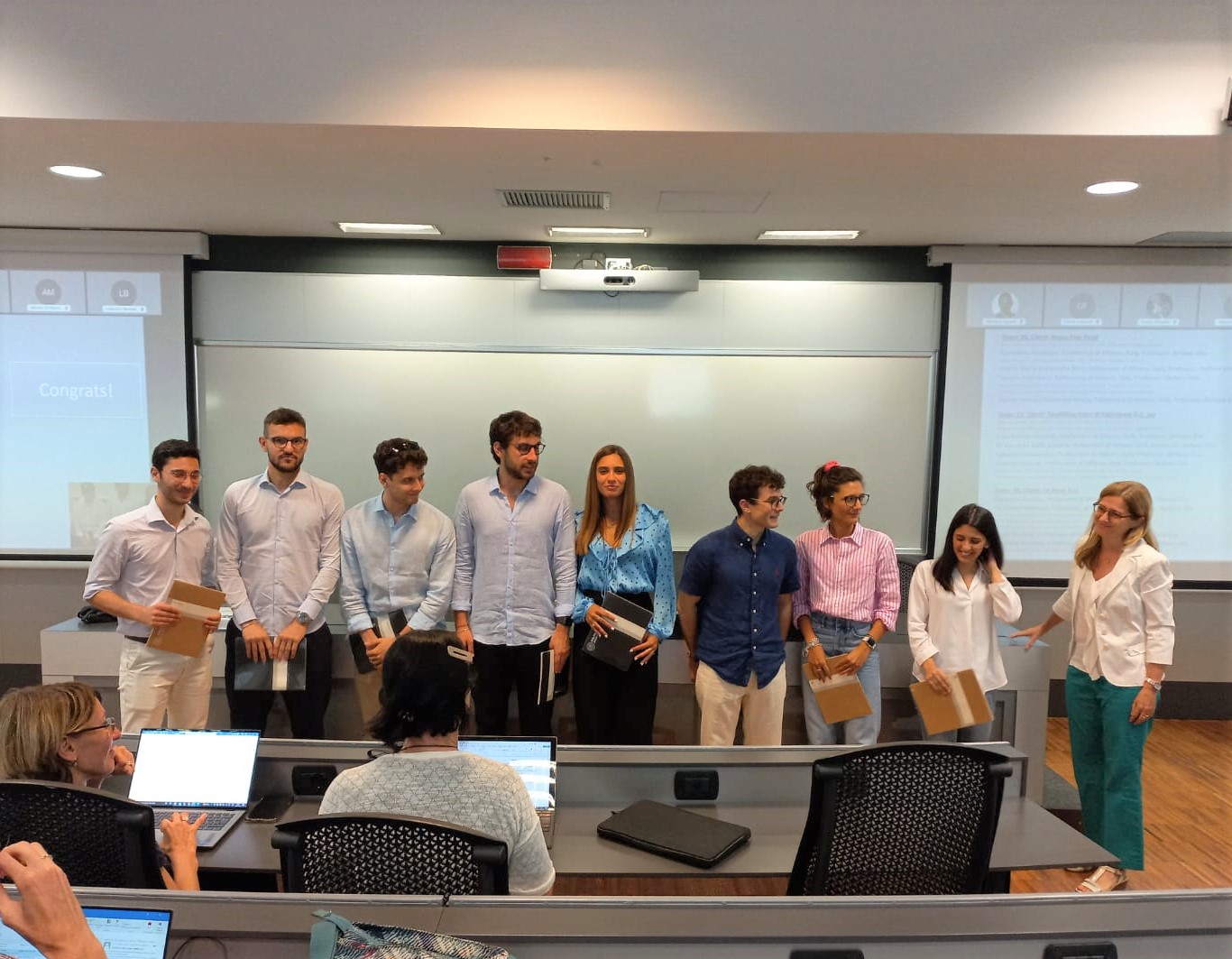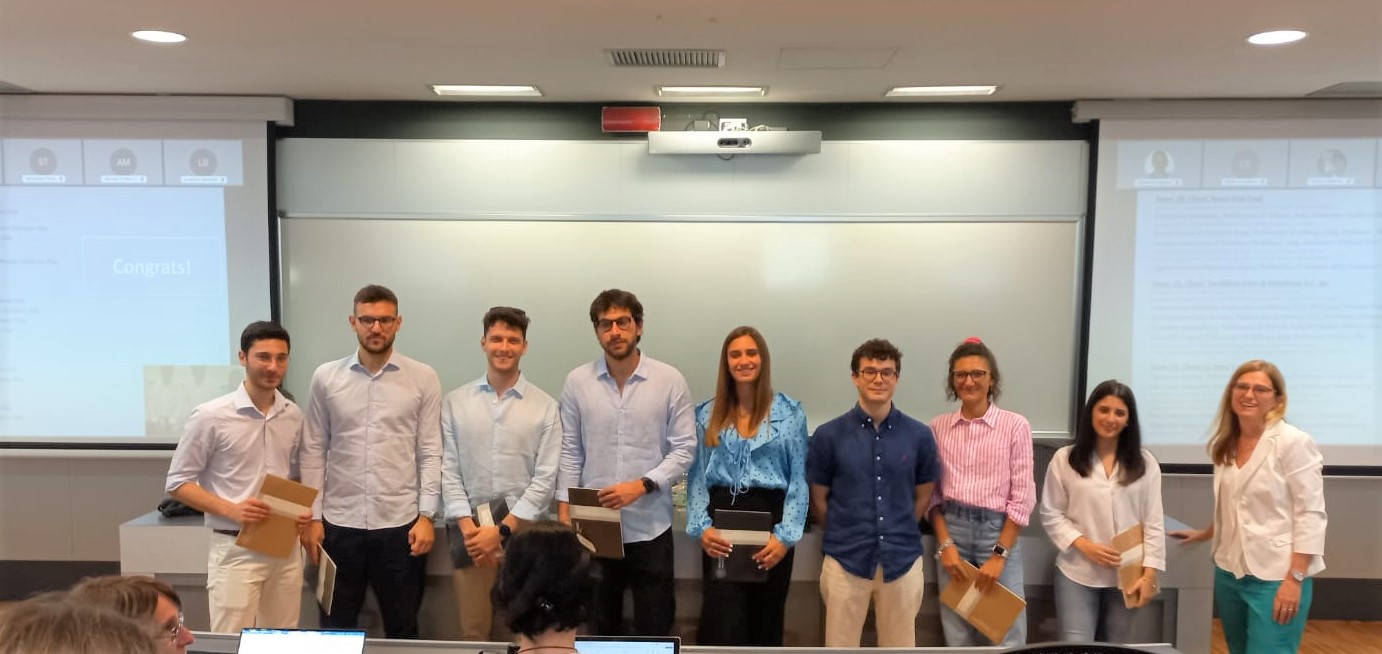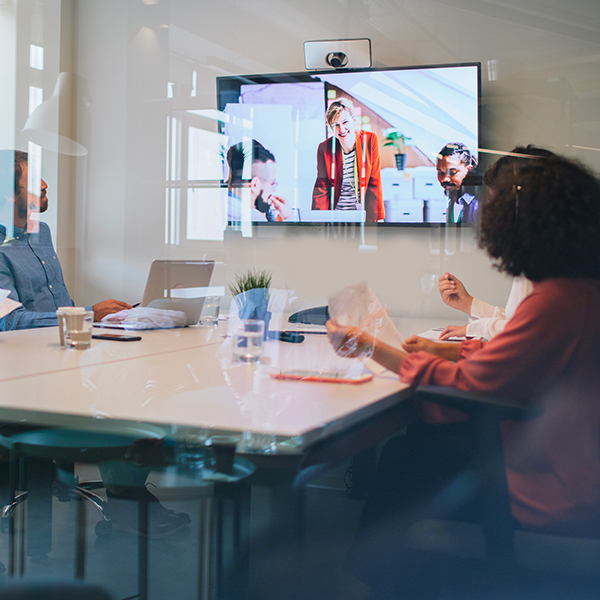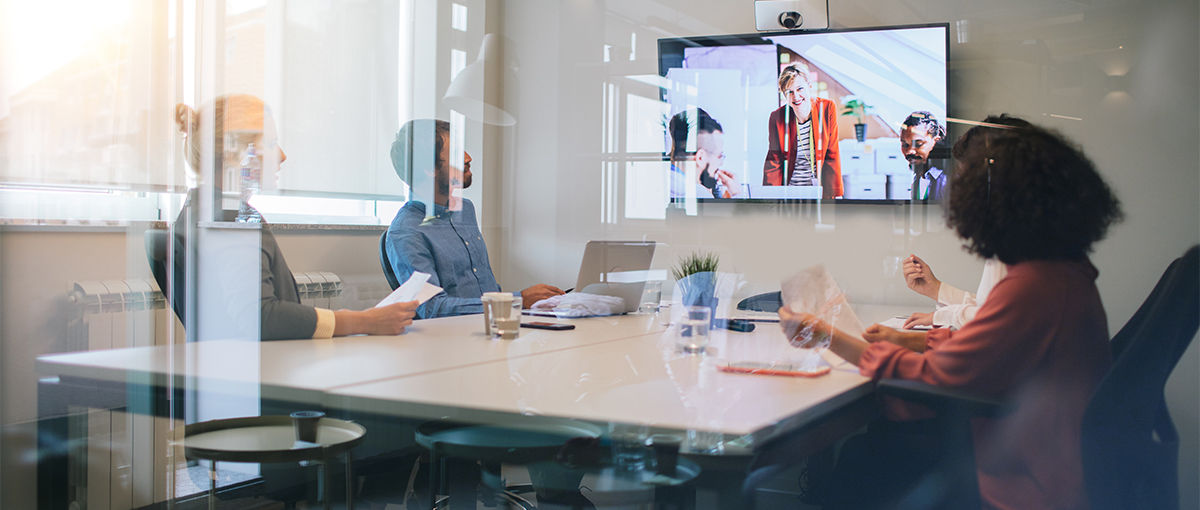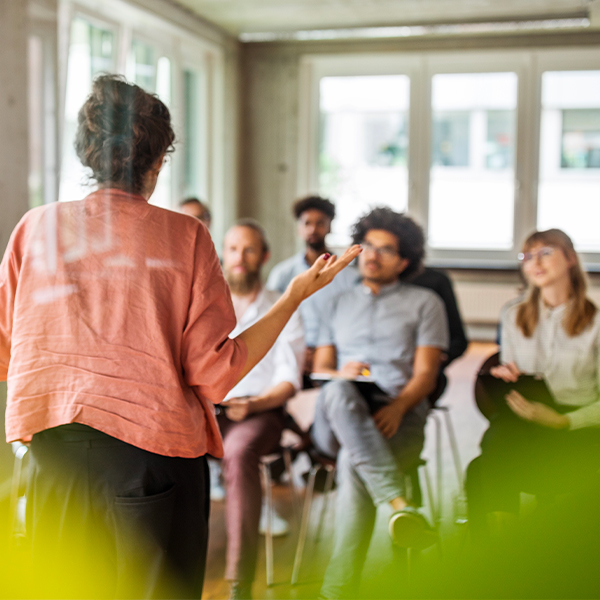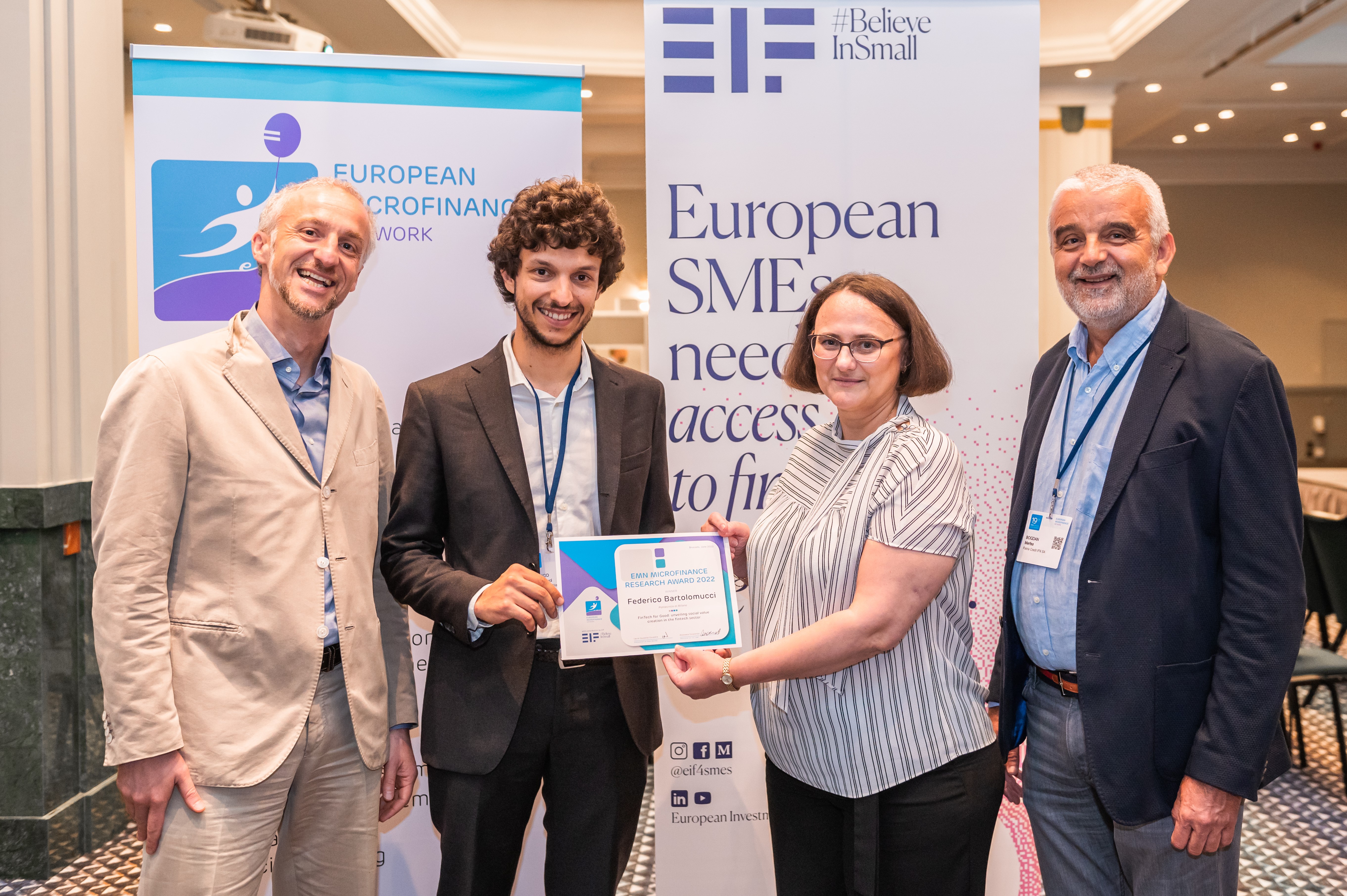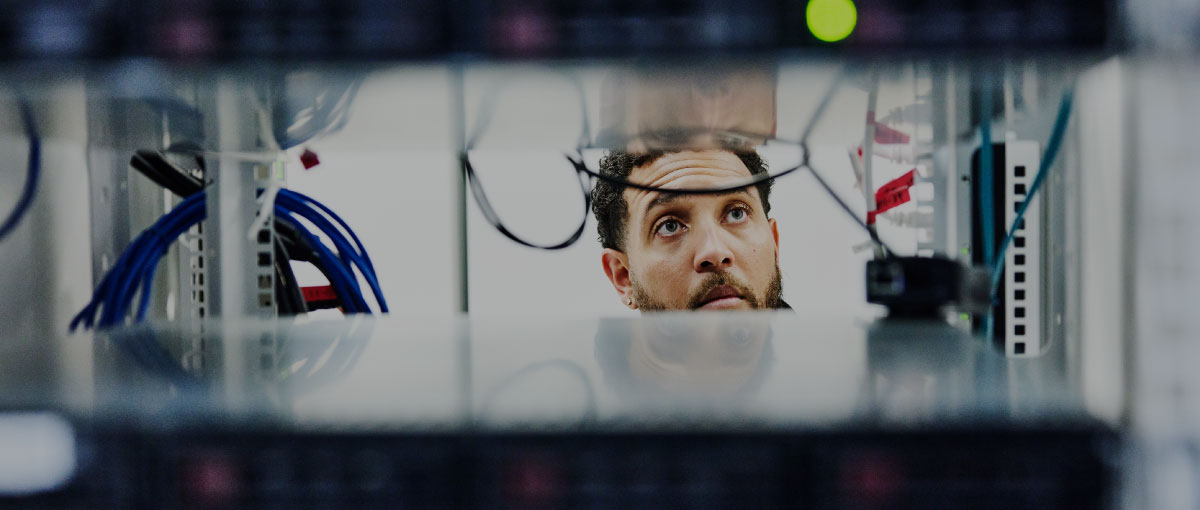
Center for Technology Foresight, Politecnico di Milano
Cristiana Bolchini, Professor in Computer Engineering and Chair of the Scientific Board of the Technology Foresight Center, Politecnico di Milano
Silvia Gadola, Research Fellow, School of Management, Politecnico di Milano
In a rapidly changing world, the opportunity to look ahead and scan the horizon to investigate what possible futures are ahead is paramount to anticipate the challenges our society will face, to be aware, possibly prepared, and eventually move towards the most desirable ones. To this end, in 2020 Politecnico di Milano established its Technology Foresight Center with the aim to explore and identify future technology perspectives and provide useful indications for strategic planning for both public and private institutions. The goal is to identify (and possibly anticipate) the drivers of change, understand and explore the potential of technologies with respect to their impact on society and the environment, and adopt a critical and forward-thinking approach to the technological progress and innovation.
The Technology Foresight Center exploits the strong competencies of its faculty and researchers in the Design, Architecture, and Engineering fields, as well as the rich network of national and international experts from the academy, the industry, and the public sector. Such heterogeneity provides the opportunity to comprehend the implications of the complex future ecosystems, highlighting the opportunities to seize and the risks to avoid, to be prepared for the challenges of the future. The reference horizon is a long-term one – usually 15 years from now, going beyond the typical forward-looking window of everyday research to try to explore with a broader perspective what possible futures are ahead, which are the preferable ones and how to move toward them. While it is true that the future cannot be predicted, it is mandatory to foster a future-thinking approach in researchers and society as a whole; spreading a mindset of understanding how today’s innovations, economic and political choices, climate and societal changes are shaping the world ahead is a pillar for the Foresight Center.
The first activity conducted by the Technology Foresight Center involved the entire Politecnico’s research community and aimed at understanding the expected impact in achieving the UN Sustainable Development Goals (SDGs) of a selected set of 50 technologies and innovations identified as disruptive by previous prominent foresight studies. The technologies covered a wide range of areas of adoption to ensure an exhaustive mapping of future impacts. The outcome highlighted the technologies that are expected to have the greatest impact, among which Energy Harvesting and Car-Free cities, as well as others that will possibly have diverging effects on different SDGs, such as Blockchain or Flying Cars, negatively impacting some of them.
Driving from these outcomes, in 2021 the Technology Foresight Center developed the project entitled “The future of sustainable mobility – How will we move in 2035?”. Commuting takes a great share of our daily lives, and the way we move will have a significant impact on the quality of our lives and cities. Thinking today about new transportation needs, emerging technologies, and the associated opportunities and risks is a crucial step toward creating the mobility of the future.
2035 marks a significant milestone. Following the European Committee calendar, this date is, for many, the moment when mobility as we know it will come to an end: new technological perspectives and new habits suggest a significant change of pace that is making smart mobility a turning point for the future and sustainability of our cities. Among the various findings, technologies related to mobility showed divergent tendencies requiring a more in-depth investigation. Scenario analysis and technology road mapping have made it possible to identify mobility needs in 2035 and highlighted supporting evidence for drivers of change guiding the transition towards a more sustainable future. Within this context, a set of enabling technologies and innovations emerged in association with the relevant policies and strategic actions to be put in place to address the most desirable scenarios. The following five takeaway messages are set forth to summarize the many elements that resulted from the foresight study.
- To work towards more sustainable mobility in 2035, the technologies and strategic actions identified by the study move in two main directions: transitioning from private cars to services and making public transportation smarter and multimodal.
- The speed of the transition towards more sustainable mobility strongly depends on different combinations of political and strategic choices that need to be supported by the development of technologies and actions integrated into the existing, consolidated urban reality.
- The prerequisites for sustainable mobility in 2035 are already visible today where travel habits are gradually changing: owning a car is no longer a status symbol, walking or cycling is considered not as a necessity but for its health benefits. The choice of the means of transport is also determined by the growing awareness of the contribution to the environmental impact.
- Greater attention is required to adopt means of transport and policies capable of meeting, on the one hand, the growing demand for mobility of an aging society and, on the other, the travel needs of citizens who will be living on the outskirts of urban centres due to an expected increase in migration flows.
- The future of mobility is strongly affected by the evolution of choices related to the energy domain and the consequent infrastructural renewal and upgrade. Its implementation could be longer than the time horizon considered. Therefore, we expect 2035 to be an intermediate transition phase, with the coexistence of several technological alternatives regarding the type of energy vector for means of transport and autonomous driving.
